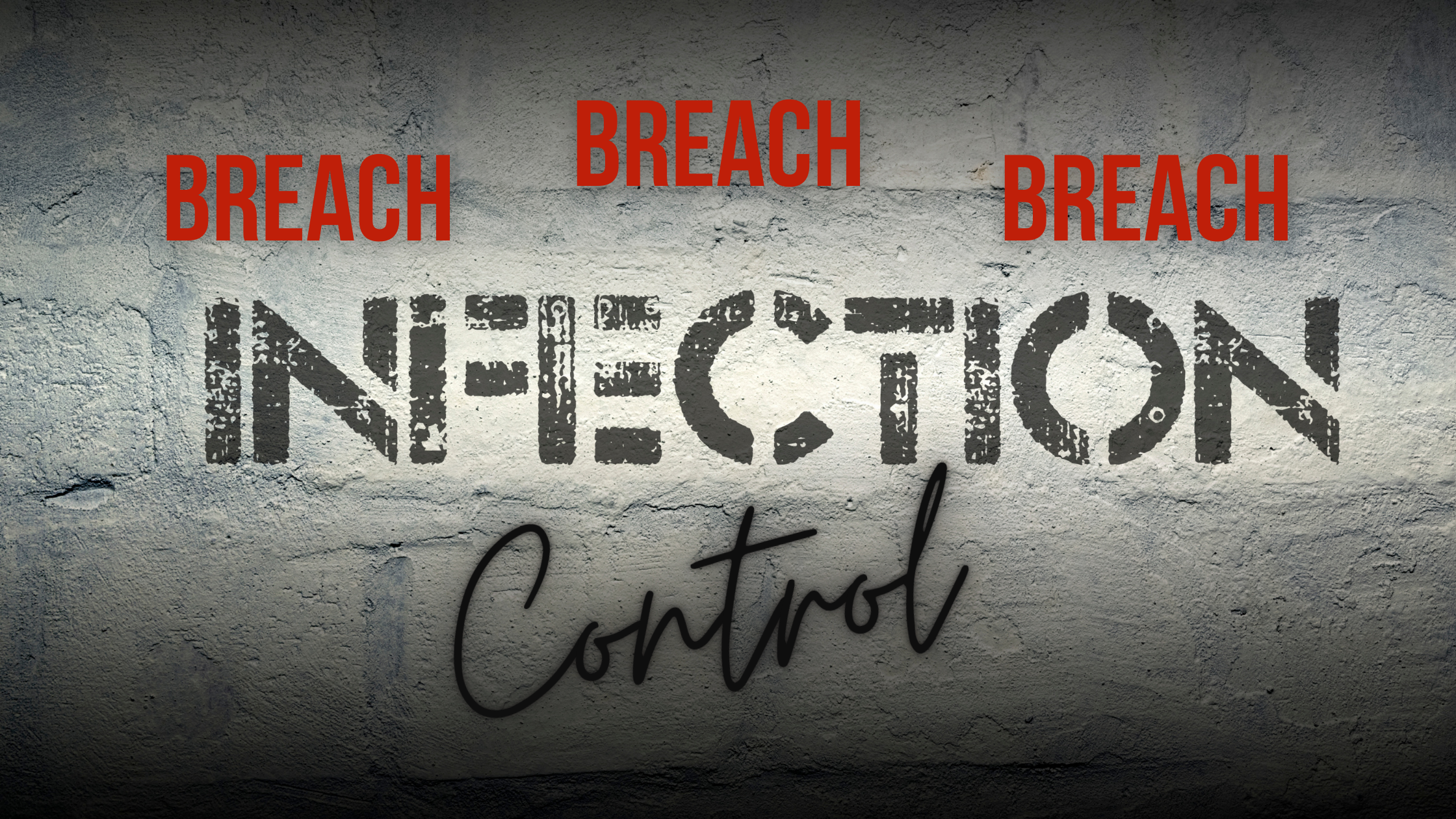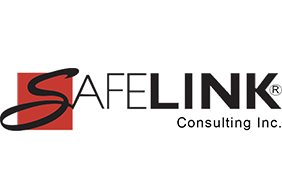Infection control breaches in dentistry are serious concerns that need to be addressed promptly. Dental professionals must be knowledgeable about and strictly adhere to infection control guidelines to safeguard the health and well-being of their patients and themselves.
Infection control is an integral part of dental healthcare, ensuring the safety and well-being of both patients and dental healthcare professionals. Strict adherence to infection control protocols is crucial to minimize the risk of spreading infections. Breaches in infection control in dental healthcare settings can lead to the transmission of infections, including viral, bacterial, and fungal infections, from one patient to another, or between patients and healthcare providers. Regular training, ongoing education, and the implementation of robust infection control protocols are essential to prevent such breaches from occurring.
It is important to note that despite stringent protocols and best efforts, breaches can and do still happen. If and when they do, it is critical to address the breach immediately by following local, state and federal guidelines. That includes notifying public health authorities about the breach that has occurred. This may seem like a daunting task, but they have tools to guide you through the process. They can assess the situation with you and help you decide if patient notification is appropriate.
The Center for Disease Control (CDC) has specific guidelines in place that can assist an office in the case of an infection control breach, including categorization of the breach. The CDC is a non-regulatory, non-enforcement federal agency that researches disease outbreaks and provides health information. They work closely with public health partners at local and state levels to address health concerns, including infection control breaches in dentistry. Here are the steps recommended by the CDC to evaluate a breach in infection control:
1. Identify the breach: Determine the specific incident that deviated from established infection control guidelines. This could include mishandling of contaminated instruments, improper disinfection or sterilization procedures, failure to use personal protective equipment (PPE), or other lapses.
2. Assess the risk: Evaluate the potential risk of infection transmission associated with the breach. Consider factors such as the type of exposure, the pathogens involved, the susceptibility of individuals exposed, and the duration and intensity of the exposure. If possible, classify breach as Category A or B. Category A breaches are considered the most severe and pose a significant risk of infection transmission. These breaches often involve the mishandling of sharp instruments or exposure to blood or bodily fluids. Category B involves a breach or error with a lower likelihood of blood or other potentially infectious material exposure.
3. Investigate the root cause: Determine the underlying factors that contributed to the breach. This may involve examining the chain of events, identifying system failures, evaluating equipment or device malfunction, or assessing training and education gaps.
4. Notify relevant parties: Communicate the breach to appropriate individuals or entities. This includes supervisors, infection control officers, healthcare facility administrators, public health authorities, and potentially affected patients. Transparent and timely communication is vital to ensure proper follow-up actions, however, rushing to notify patients without following prior steps could cause more harm than good.
A Category A breach would warrant patient notification and testing. In these breaches, an identifiable or significant risk of bloodborne, bacterial, viral, or fungal pathogen transmission exists and should be considered to outweigh the potential harms of patient notification and testing. Always consult with the appropriate individuals or entities for guidance on proper patient notification and testing procedures. This includes notifying public health prior to patient notification.
Examples of Category A breach in dentistry would include:
- Reuse of needles or syringes between patients.
- Reuse of contaminated syringes to access multi-dose medication vials or intravenous fluid bags.
- Reuse of intravenous normal saline for sterile procedures
- Contamination of dental unit waterlines
When it comes to Category B breaches, the determination to inform and/or test patients should consider various factors such as the collected information and evaluation of the breach, and it should involve relevant stakeholders. Additionally, addressing public concern and perceived risk within the community or among affected individuals should be a priority, regardless of whether the decision is made to conduct patient testing or not. Examples of Category B errors include:
- Improper cleaning of instruments prior to sterilization
- Instruments cleaned but not sterilized.
Whether the breach is a Category A or a Category B, it is desirable for all parties involved to come to a mutual agreement on notification decisions and ensure a consistent message is delivered. The primary stakeholders should establish a notification approach and determine the main party responsible for informing patients.
5. Implement immediate measures: Take immediate action to address the breach and mitigate the risk of further transmission. This may involve isolating contaminated instruments, initiating appropriate medical interventions for affected individuals, or temporarily suspending certain procedures until corrective actions are implemented.
6. Conduct a thorough investigation: Perform a comprehensive investigation to understand the circumstances surrounding the breach and identify opportunities for improvement. This may include reviewing records, conducting interviews, analyzing equipment or supply chains, and collaborating with relevant stakeholders.
7. Develop and implement corrective actions: Based on the findings of the investigation, develop a plan to prevent similar breaches from occurring in the future. This may involve updating policies and procedures, enhancing staff training and education, improving equipment maintenance and monitoring, or implementing quality assurance measures.
8. Monitor and evaluate: Establish mechanisms to monitor the effectiveness of the corrective actions implemented. Regularly assess compliance with infection control protocols, conduct audits, and track relevant metrics to ensure ongoing adherence and identify any potential gaps or recurring issues.
9. Provide follow-up care: Offer appropriate follow-up care to affected individuals, which may include testing for infections, counseling, or additional medical interventions as necessary. Communicate the steps taken to address the breach and provide reassurance to patients and staff regarding the commitment to infection control.
Learn more about dental safety and dental compliance.
By prioritizing infection control, the dental community can ensure a safe environment for everyone involved in dental care. By following these steps, dental healthcare professionals can effectively evaluate breaches in infection control, take appropriate measures to mitigate risks, and implement improvements to prevent future incidents. It is essential to prioritize patient safety and maintain a high standard of infection control in dental practices. Get help with a safety risk assessment.
Over the past several years, SafeLink Consulting has received numerous inquiries regarding breaches in infection control. Learn more about what SafeLink Consulting can do to help your business with compliance services, including safety compliance, to meet OSHA training requirements and quality system consulting to meet FDA compliance. SafeLink Consulting assists businesses with workplace safety training, infection control training, HIPAA training online, quality systems, assessments, audits, due diligence, and more.
Infection Control Growth & Learning at the 2023 OSAP Annual Conference
Learn more about Workplace Violence Prevention.
Industries that SafeLink Consulting works with include:
Dentistry compliance - assisting the dental practice with meeting requirements for OSHA, HIPAA, EPA, and CDC guidelines, patient safety, employee health & safety, infections prevention policies, Dental OSHA Compliance
Dental Laboratory compliance - assisting the dental lab with meeting requirements for OSHA, FDA, and CDC guidelines, employee health & safety, plus FDA requirements for lab manufacturing custom implant abutment /gmp for medical device manufacturers
Medical Device Manufacturers compliance - assisting with meeting OSHA compliance & FDA requirements, GMP - good manufacturing practices
General Industry compliance - assisting with OSHA compliance and FDA compliance as it pertains to the specific business
Beverage Industry compliance - assisting beverage businesses such as the craft brewery, winery, cidery, distillery, vintner with meeting OSHA compliance, health & safety, FDA requirements / GMP - Good Manufacturing Practices







Leave Comment